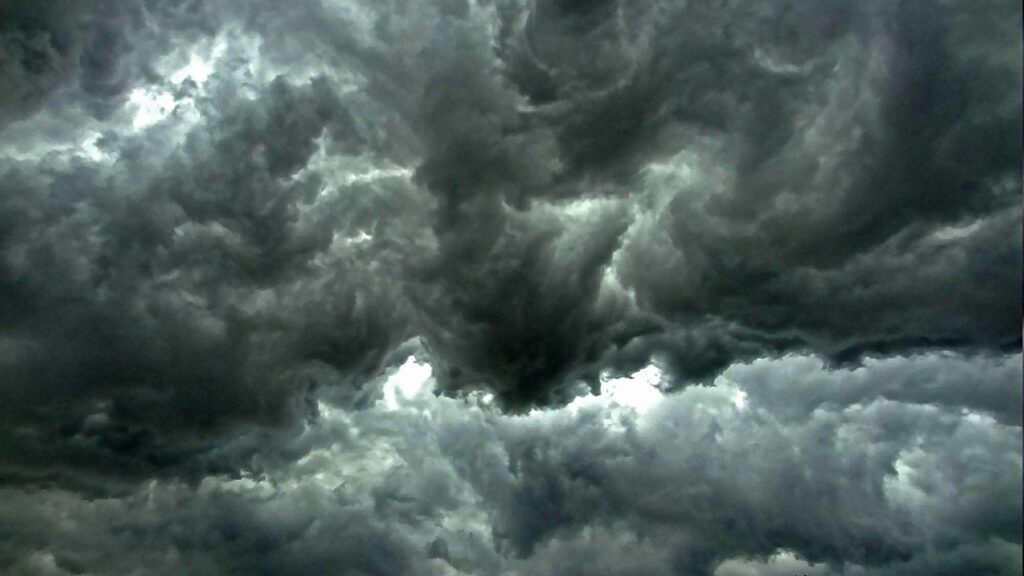Ever heard about turbulence in airplanes?
The changes in the air surrounding the plane or any flying object are called turbulence in airplane. Air is a fluid(any substance that flows is called a fluid). The currents of air keep changing as they change direction, speed, etc. It is considered the most unpredictable hindrance to pilots in flying. Read more about Jet Aircrafts.


What causes turbulence?
The things that give rise to turbulence can be predicted easily. As we know during thunderstorms or heavy rains the pilots are alerted and given signals. Thunderstorms push the air back and forth, hence the pilots use different instruments while flying a plane to keep track of them. Changes in the weather and the sun sometimes heating air can also cause turbulence. The aircraft itself can also be the culprit. This is why air traffic must be monitored and controlled to give enough space around a flying aircraft. Can u remember looking at the path jets went through in the sky? That is also the result of turbulence and is called the ‘clear sky turbulence’. Read more about Turboprop Aircraft.
Is turbulence a dangerous phenomenon?
However keen the pilot keeps an eye on the turbulence, the aircraft is subjected to milf bumps at times which is unavoidable. Turbulence is not a dangerous phenomenon. The aircraft is built in such a way to handle the worst( to know more about aircraft and how it’s built do check out the related blog). The worst that could happen due to turbulence is falling inside the aircraft. A secret tip from my side would be to keep an eye on the cabin crew. Move inside the airplane only when they do so to avoid these kinds of experiences and do have your seatbelt on.
Classification based on the intensity
Light turbulence:
It causes mild momentary changes that cause slight bumpiness. The passengers might feel a small tension against their seatbelts.
Moderate turbulence:
It may not go under the category of losing control of the plane. But unsecured objects inside the aircraft might be dislocated.
Severe turbulence:
Usually, large variations in the airspeed cause this type of turbulence. The passengers will be forced to sit down with their seatbelts on.
Extreme turbulence:
The aircraft is tossed violently and this is when loss of control and damage might occur.


Chop:
It is a type of turbulence that causes rhythmic bumpiness.
Conclusion:
My fellow explorer! Now you know what is turbulence and how it works. You also know how it affects an aircraft in flight. Wanna know more about the other phenomenon of flight? Dig in to find out about aerodynamics and its history, basic forces of aerodynamics, and much more.
Hope this article made you wear your thinking caps and reading glasses. The era of inventory of life in the air is still in progress. Hope you enjoyed this fun fact time about the turbulence in airplanes. It’s time for more research! For more information on aviation and related stuff do check out our blog page at Criss Cross Tamizh. Until then, bye explorer!
